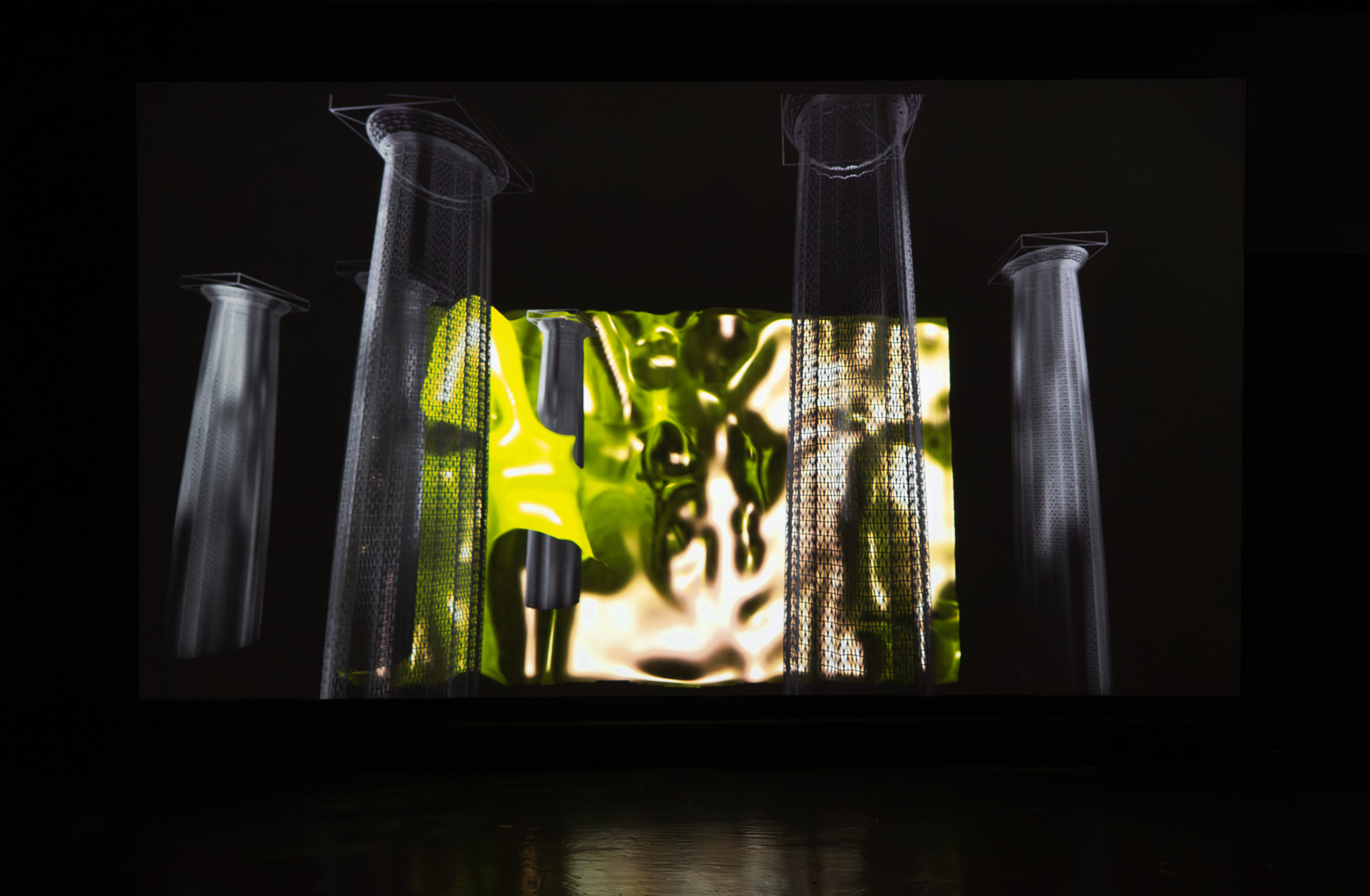Artcast4D Immersive Art Project
Artcast4D is an innovative pan-European art project that combines art with immersive technology to enable people to interact with culture. The project is managed by a European consortium of research, technology, culture, and media partners. The consortium works with artists, cultural organisations, creative businesses, museums, alongside city and local authorities. It develops bold, new, immersive experiences in public spaces.
About the Artcast4D Immersive Art Consortium
The Artcast4D consortium is co-ordinated by Politecnico di Milano and brings together ten partners from seven European Countries. The partners combine research, technology, creative, media and cultural expertise. The project’s pilot commission partners include: Issy-les-Moulineaux municipality, France; Watermans, an arts centre in London, UK; cultural consultancy CulturaLink who are in collaboration with a regional associated partner Espai LaGranja – IVC, in Valencia, Spain; and CERTH research centre with technology partner EXUS AI Labs in Athens, Greece.
About the AAASeed Software and Immersive Technology
The software used in the pilot commissions is called AAASeed. It is a versatile 2D/3D real-time engine which has been developed and used by Mâa (Emmanuel Mâa Berriet) since the last century. The open-source project is designed to build installations of various complexity and sizes. The software enhances the way we interact with digital environments and when it becomes open source, thanks to the EU funding it will be be both accessible and sustainable.
Artists, developers, and businesses can make creative use of 3D real-time graphics and immersive experiences. Mâa’s software prioritises three core applications: VJing; data visualisation and immersive digital installations. VJ artists can create captivating visuals to complement live performances. Data visualizations enable artists and organisations to communicate complex data through clear, engaging visuals. The immersive digital installations will enable audiences to experience the fusion of art and technology in interactive environments.
Watermans’ Commissions for the Artcast4D Immersive Art Project
Watermans’ first pilot commission is The Pillars of Our Latex House by the artist, Tendayi Vine, which was presented at Watermans 23 March – 11 April,2024.
How the Gutta-Percha Tree Helped Transform Global Communications
Artist, Tendayi Vine explores the identity of the gutta-percha tree. She explores it both as a material, as a symbol, as an architect of communications and also as a figure of tension and displacement.
Artcast4D is an innovative pan-European art project that combines art and immersive technology to enable people to interact with culture. Tendayi Vine is working with the AAASeed software to create an immersive work at Watermans and exploring the revolutionary impact of a now little-known Malaysian tree.
The gutta-percha tree is indigenous to the Malaysian archipelago. By the 19th Century the tree was well known for the sap or rubber that made underwater telegraph cables a revolutionary success. However, the industry, wealth and power of this history is shared with those who knew the forests and read the signs. It is also shared with those who continue to try to repair repair the damage today. cultivating seeds while miles of sap lines the ocean floors.
About the Gutta-Percha Tree
The gutta-percha tree is a species native to Malaysia. It was introduced to western industrial processes in the 19th century. The tree has been used across Asia for many years and for a range of uses. In fact, the tree was harvested for wood, sap as well as fruit. In Europe, the sap quickly became known for its insulating properties and malleability. The rubber made from the sap specifically became the answer to successful underwater cabling. The use of this material advanced transatlantic telecoms and contributed to Britain’s Victorian global industry. The gutta-percha’s sap became a common feature in everyday life. It was processed by factories and businesses to make cables but also jewellery, furniture and medical items. The industry around this material brought great wealth and power as industries shaped cities and empires emerged as global networks.
Unsustainable and damaging harvesting led to huge ecological damage and the effects of this are still seen today. There are now gutta-percha regrowth programmes aiming to restore the species numbers.
The Pillars of Our Latex House reflects on the way the gutta-percha tree was exploited and on the meaning behind the communications system that enabled the Nineteenth Century revolution in global communications.
